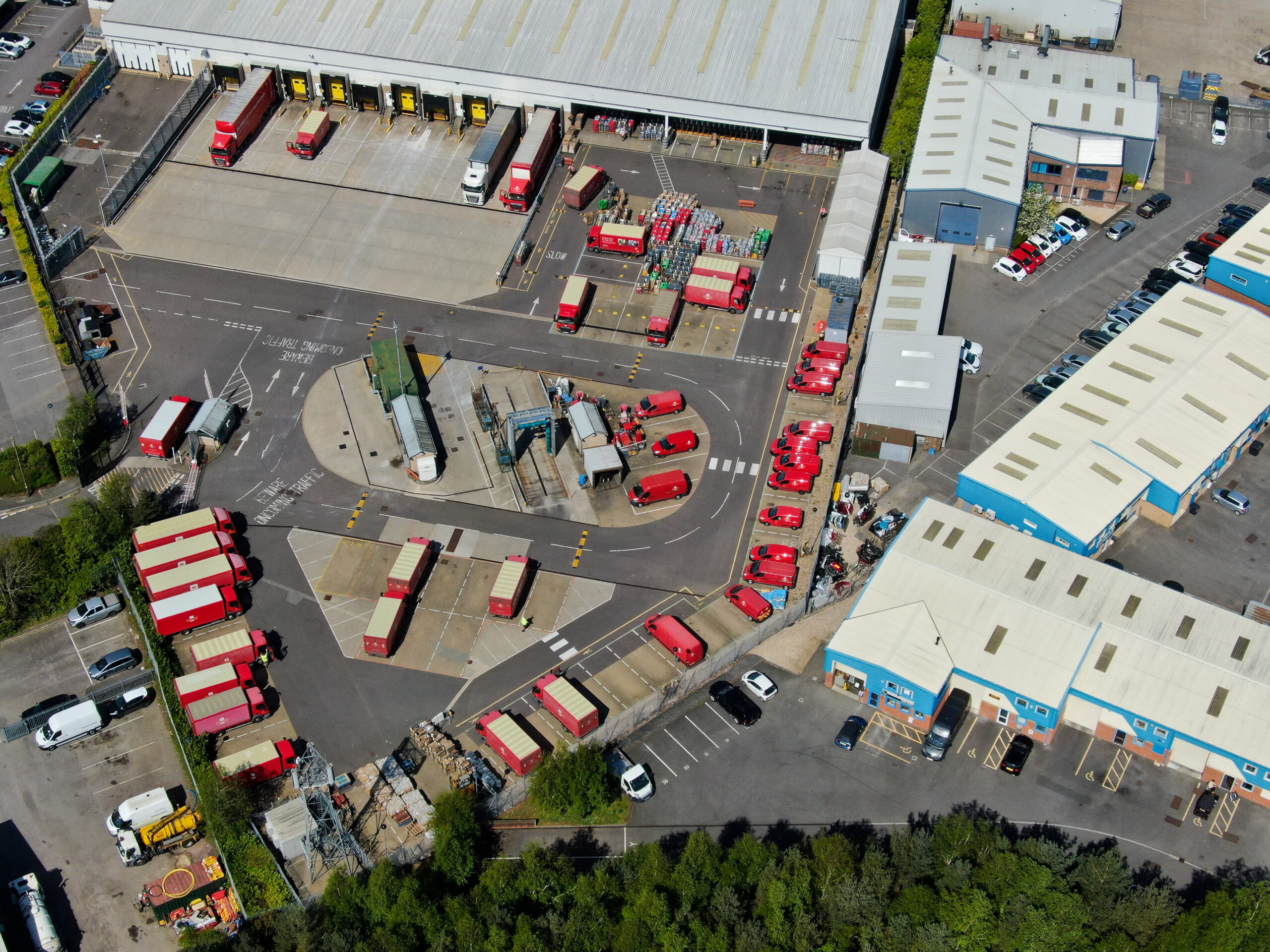Telematics solutions are powerful tools that can help manage your fleet and improve fleet efficiency. The more data provided by telematics, the more a fleet is equipped to optimise operations- from driver safety to fuel economy to preventative maintenance. Using your telematics data strategically will help decrease operational expenses and maximise your return on investment (ROI). Without following these steps, fleets may be missing out on an even greater ROI from their telematics solution:
1. Create a Baseline
The first step to documenting ROI is to record how your fleet operates before implementing telematics, so you can continuously track the impact of your solution. Comparing metrics after a few months of installation will show where improvements were made and help identify ROI.
2. Select Which Metrics to Track
Comparing against a baseline may seem like a good idea, but it is imperative to identify and track metrics that align with your fleet goals. Here are a few of the many metrics fleets can track with telematics:
- Improved Safety: accident rates, downtime, driver behaviour, insurance claims
- Reduced Fuel Spend: monthly fuel costs, idle times, average mpg
- Productivity: labour costs, uptime, job costs
- Operating Costs: TCO, maintenance costs, downtime costs, non-compliance fines, repair costs
It is simple to select several metrics to track your ROI, so only select the metrics related to your fleet.
3. Consider Costs and Savings
On top of direct costs, you should consider indirect costs that may be taking time away from your staff. Uncovering these will help improve productivity and service to grow your business and increase revenue.
4. Set Distinct Goals
When setting ROI goals, you do not want to make them too broad. The goals can either focus on long or short-term benefits (e.g.: reducing miles driven, improving routing, optimising driver productivity). Once you outline your goals, you want to focus on measuring and improving them one at a time. Take your time and try to understand the problems stopping you from achieving that goal. No one can resolve everything at once, so rally around one particular area.
5. Gather & Keep your Findings
Once you arrive at this step, display your metrics and goals in a way that clearly outlines how you can get an ROI. A telematics solution, such as AssetWorks Telematics, can automate this process using real-time data. AssetWorks Telematics tracks driver location and behaviour, vehicle health, and odometer readings in real-time.
Document not only how you achieved your ROI goal but also how to maintain it: How and when was the data collected, when will it be reviewed again, and what will you do if you are later under or over-performing?
Once the ROI is documented, do not tuck it away. Be sure to keep it on hand and up-to-date for any company training or meetings. Communication and transparency are great ways to share knowledge with your team and keep your fleet operating efficiently and safely long term.
6. Continue Improving
Once you identify your ROI of telematics, determine other ways you can further improve. Creating an ROI improvement loop helps maintain a competitive edge in your fleet. New challenges constantly arise within a business, so having an ROI focus can help you stay ahead and continue to grow.












